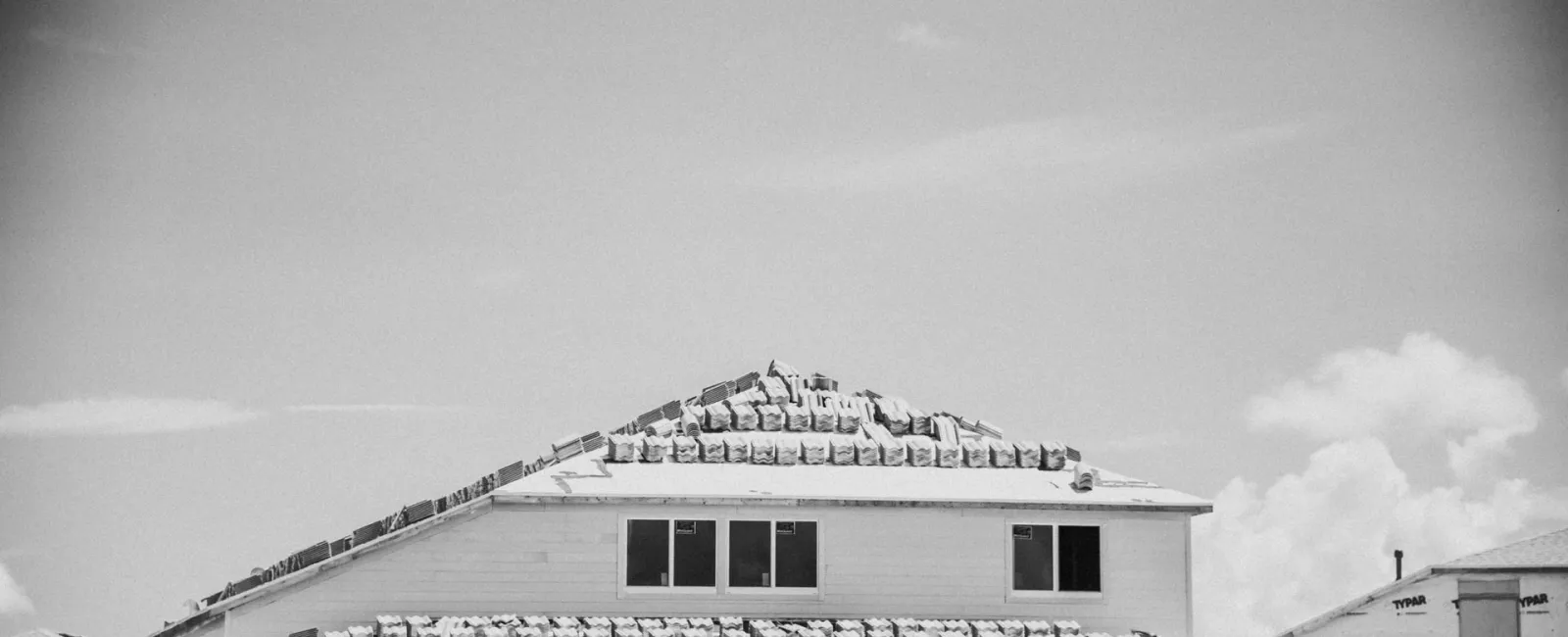October 28, 2021
Contrary to popular belief, there are different roofing types depending on a property's structure. This may come as a surprise, especially if roofing for residential and commercial buildings is virtually identical. Commercial roofs, for one, are very different from residential roofs.
Additionally, each of these roofs have quite a distinct design, material selection, and installation requirements. So before you engage a roofer, you need to grasp the difference between the two.
Read on to learn more about how to distinguish between commercial and residential roofing.
The Roof Design
Designing commercial and residential roofs can be substantially different. A commercial roof's slope is usually flat and commonly used for warehouses, retail shops, and restaurants.
Often larger than residential roofs, large HVAC blowers and industrial pipelines can be found on its surface. Drilling onto the surface allows for the installation of numerous blower outlets, smokestacks, and skylights.
Meanwhile, the slope of a residential roof is not as large as a business roof and only has openings for moderately-sized chimneys, vent stacks, and skylights. Except for solar panels, the surface is mostly bare.
The Roofing Materials
The materials used to build residential and commercial roofs can differ depending on the roof's design and cost. For one, asphalt shingles are the most common roofing material used in residential construction. They are a popular option due to their ease of use and low cost. However, many also opt to use ceramic, slate, wood shakes, metal panels, and even tiles.
To construct the roof deck, nails are used to bind plywood to timber rafters. Following that, the roofer installs a protective underlayment before installing shingles, shakes, or tiles. Then, the roofing material determines the particular layering procedure.
A commercial roof is made up of several layers of roofing materials. Flat or low-pitch commercial roofs are incompatible with standard residential roofing materials. Modified bitumen, tar, and gravel, single-ply membranes (PVC, TPO, EPDM), or sprayed polyurethane foam are commonly used to cover them. These roofing materials have a far more comprehensive range of alternatives than residential roofing materials.
The Roof Installation Process and Repairs
The installation and repair needs of commercial and residential properties differ significantly. A commercial roof, for example, can take a month or more to install due to its size and complexity. Unlike commercial counterparts, a residential roof can be built in a couple of days.
Commercial roof repairs can be time-consuming and costly. Depending on the damage, repairs could be as simple as restoring a single location or as complicated as reapplying layers to the entire roof.
Conclusion
Roofing varies for different commercial and residential purposes. So when it comes to your needs, seek professional roofers with the proper knowledge and skill. With their expertise, you will also learn more about the wide range of roofing materials and how to repair and maintain them.
Perhaps if you have a leak or need extra repairs, call professional help right away. By doing so, you avoid further damages, additional expenses, as well as prioritize your property's safety.
Are you looking for a roofing company in Alabama? Cardinal Roofing is dedicated to offering high-quality roofing services for commercial and residential inspection, installation, repairs, and maintenance. With us, you are guaranteed exceptional results. Schedule your free roof inspection today!

